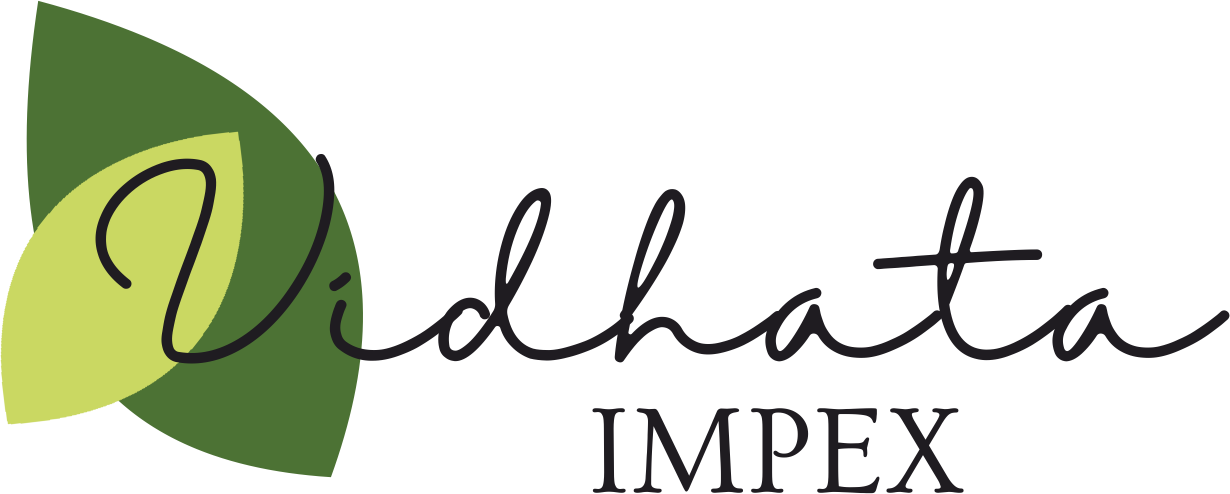Casa Tora is a legume called Sickle Pod, Coffee Pod, Tovara Chakvad, Foetid Cassia, and Sickle senna.
The crop is cultivated in South East Asia and South West Pacific as an important weed. The plant is an herbaceous and annual fetid herb. The plant grows to 12 to 35 in tall and has pinnate leaves with leaflets up to 3 to 5 cm long. Stems have distinct foliage. Flowers occur in pairs, inside the axils of leaves, and it’s pale yellow.
Casa Tora Yellow flowers occur in pairs with stamens, producing flattened or four angled pods in sickle shape. One pod has 30 to 50 seeds. Seeds, roots, and leaves are all used for modern herbal medicines.











